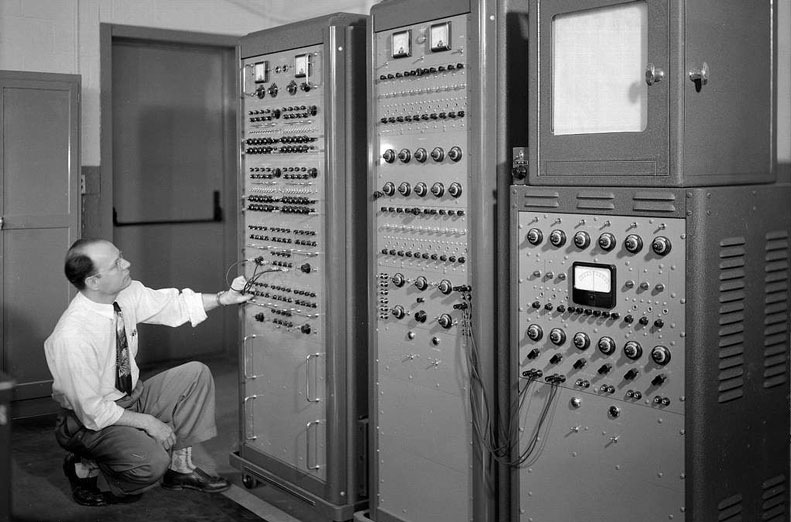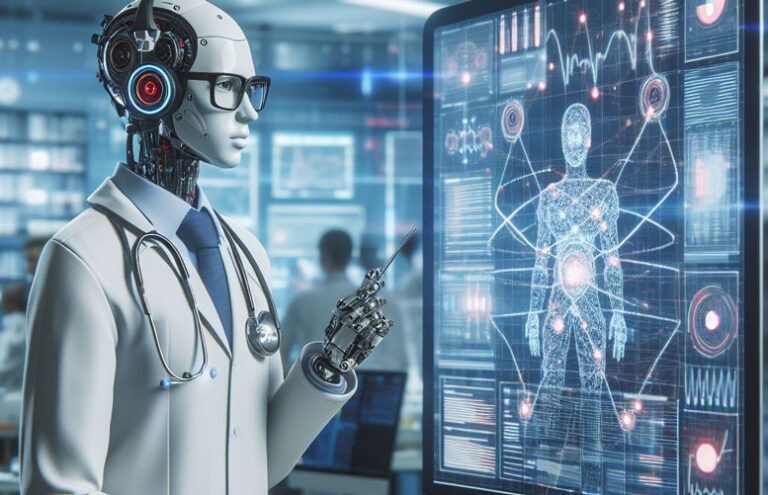Machine Translation
Table of Contents
Machine Translation is the automated process of translating text or speech from one language to another using computer algorithms.
In today’s globalized world, communication barriers are becoming increasingly common due to the diversity of languages spoken.
Machine Translation (MT) has emerged as a powerful tool to overcome these barriers by automatically translating text or speech from one language to another.
This technology has revolutionized the way we communicate and conduct business across different cultures and languages.
In this article, we will explore the concept, its history, types, challenges, and future trends of Machine Translation.
What is Machine Translation?
Machine Translation is the automated process of translating text or speech from one language to another using computer algorithms.
This technology is based on the principles of natural language processing and artificial intelligence, allowing computers to analyze and understand human language and produce accurate translations.
MT can be used for various purposes, such as translating documents, websites, emails, and even real-time conversations.
History of Machine Translation

The development of this technology dates back to the 1950s when researchers began exploring ways to automate the translation process.
The first major milestone in MT was the creation of the Georgetown-IBM experiment in 1954, which demonstrated the feasibility of machine translation between Russian and English.
Since then, MT technology has evolved significantly, with the introduction of statistical and neural machine translation models that have greatly improved translation accuracy and fluency.
Types of Machine Translation
There are several types of Machine Translation systems, each with its own strengths and limitations.
The most common types include rule-based, statistical, and neural machine translation.
– Rule-based MT: This approach relies on linguistic rules and dictionaries to translate text from one language to another. While rule-based MT systems can produce accurate translations for specific language pairs, they often struggle with complex and idiomatic expressions.
– Statistical MT: This type of MT system uses statistical models to analyze large amounts of bilingual text data and generate translations. Statistical MT has been widely used in commercial translation services and can produce accurate results for many language pairs.
– Neural MT: The latest advancement in MT technology, neural machine translation uses artificial neural networks to learn the structure of languages and generate translations. This approach has significantly improved translation quality and fluency, making it the preferred choice for many translation applications.
Issues and Challenges
Despite its advancements, MT still faces several challenges that impact translation quality and accuracy. Some of the key challenges include:
– Linguistic Complexity: Languages are inherently complex and diverse, making it difficult for MT systems to accurately capture all linguistic nuances and cultural references.
– Domain-specific Terminology: MT systems may struggle with translating technical or domain-specific terms accurately, especially in specialized fields such as medicine or law.
– Ambiguity and Polysemy: Words can have multiple meanings depending on the context, leading to potential translation errors and misunderstandings.
– Lack of Training Data: MT systems require large amounts of bilingual data to train effectively, which can be challenging for low-resource languages or niche domains.
Future Trends
As this technology continues to evolve, several trends are shaping the future of this technology. Some of the key trends include:
– Multilingual Translation: MT systems are increasingly being developed to support multiple languages simultaneously, enabling more efficient and accurate translations across different language pairs.
– Integration of AI: Artificial intelligence technologies such as machine learning and natural language processing are being integrated into MT systems to enhance translation capabilities and adaptability.
– Customization and Personalization: MT systems are becoming more customizable to meet the specific needs and preferences of users, allowing for tailored translations in specific domains or industries.
In conclusion, Machine Translation has emerged as a powerful tool for overcoming language barriers and facilitating communication across different cultures and languages.
While there are still challenges to overcome, ongoing advancements in MT technology are driving improvements in translation quality and accuracy.
As we look to the future, the potential of Machine Translation to transform the way we communicate and interact globally is truly exciting.
Image credit:
PICRYL | License details


